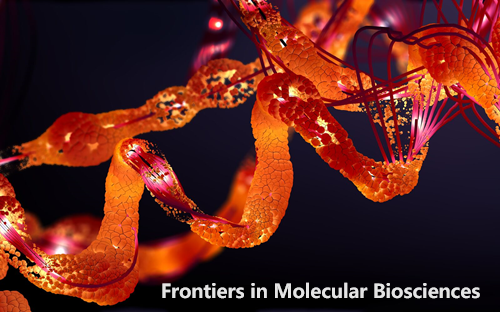Metabolomic changes in tear fluid following zinc biofortification in the BiZiFED nutritional study: a feasibility study
IF 3.9
3区 生物学
Q2 BIOCHEMISTRY & MOLECULAR BIOLOGY
引用次数: 0
Abstract
BackgroundBiofortified Zinc Flour to Eliminate Deficiency in Pakistan (BiZiFED) is a nutritional research program that evaluates the impact of consuming zinc biofortified wheat flour on zinc status and associated health outcomes of vulnerable communities in northwest Pakistan. Measuring zinc status from blood samples is fraught with problems. This feasibility study evaluated whether metabolite changes in tear biofluids could be used to understand zinc status.MethodsZinc deficiency is particularly prevalent amongst the female population in Pakistan. Therefore, a crossover trial was developed in which 25 women of reproductive age received standard, wheat flour, and another 25 received zinc-biofortified wheat flour for 8 weeks. At the end of this period, the nutritional intervention was switched between the groups for another 8 weeks. Tear biofluid was collected using Schirmer strips at baseline and after 8 and 16 weeks. Metabolomic analysis was conducted using the MxPBiZiFED营养研究中锌生物强化后泪液中代谢组的变化:一项可行性研究
背景巴基斯坦消除锌缺乏症生物强化面粉(BiZiFED)是一项营养研究计划,旨在评估食用锌生物强化面粉对巴基斯坦西北部脆弱社区锌状况及相关健康结果的影响。通过血液样本测量锌含量存在很多问题。这项可行性研究评估了能否利用泪液生物液体中代谢物的变化来了解锌的状况。因此,我们开展了一项交叉试验,让 25 名育龄妇女食用标准小麦粉,让另外 25 名育龄妇女食用锌生物强化小麦粉,为期 8 周。试验结束后,两组之间再进行为期 8 周的营养干预。在基线期以及 8 周和 16 周后,使用施尔默试纸收集泪液生物流体。结果有两种代谢物与血浆锌浓度呈显著负相关:替甘利肉碱和缬氨酸。与基线代谢物浓度相比,锌干预后乙酰肉碱、谷氨酰胺、两种溶血磷脂酰胆碱(溶血磷脂酰胆碱 a C16:0 和溶血磷脂酰胆碱 a C18:1)和四种鞘磷脂(SM (OH) C16:1、SM C16:0、SM C16:1 和 SM C24:0)的浓度均明显下降,而一种神经酰胺(Cer(d18:1/18:0)的浓度则明显上升。结论:这些结果凸显了利用泪液生物流体作为代谢组生物标志物替代来源的潜力,既可用于评估营养研究中参与个体的锌状况,也可用于显示营养补充引起的生理变化。
本文章由计算机程序翻译,如有差异,请以英文原文为准。
求助全文
约1分钟内获得全文
求助全文
来源期刊

Frontiers in Molecular Biosciences
Biochemistry, Genetics and Molecular Biology-Biochemistry
CiteScore
7.20
自引率
4.00%
发文量
1361
审稿时长
14 weeks
期刊介绍:
Much of contemporary investigation in the life sciences is devoted to the molecular-scale understanding of the relationships between genes and the environment — in particular, dynamic alterations in the levels, modifications, and interactions of cellular effectors, including proteins. Frontiers in Molecular Biosciences offers an international publication platform for basic as well as applied research; we encourage contributions spanning both established and emerging areas of biology. To this end, the journal draws from empirical disciplines such as structural biology, enzymology, biochemistry, and biophysics, capitalizing as well on the technological advancements that have enabled metabolomics and proteomics measurements in massively parallel throughput, and the development of robust and innovative computational biology strategies. We also recognize influences from medicine and technology, welcoming studies in molecular genetics, molecular diagnostics and therapeutics, and nanotechnology.
Our ultimate objective is the comprehensive illustration of the molecular mechanisms regulating proteins, nucleic acids, carbohydrates, lipids, and small metabolites in organisms across all branches of life.
In addition to interesting new findings, techniques, and applications, Frontiers in Molecular Biosciences will consider new testable hypotheses to inspire different perspectives and stimulate scientific dialogue. The integration of in silico, in vitro, and in vivo approaches will benefit endeavors across all domains of the life sciences.
 求助内容:
求助内容: 应助结果提醒方式:
应助结果提醒方式:


